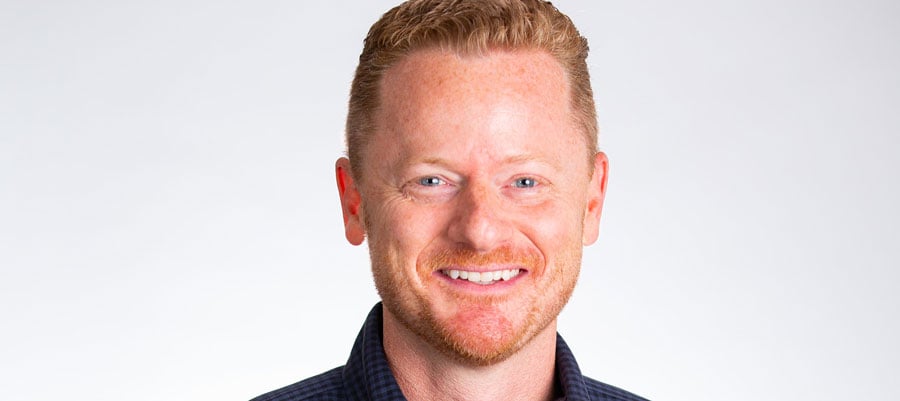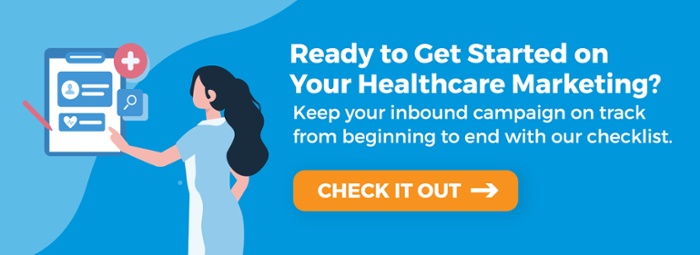
Improving Care Using Real-time Notifications with PatientPing
Brian Manning
Senior VP Head of Growth, PatientPing.
Easing the flow of communication between healthcare providers can save a staggering amount of money while improving patient outcomes. Americans spend billions of dollars on avoidable hospital visits, where patients are often not getting the kind of care they need in that moment. But when providers leverage technology to receive insights into how and when patients are accessing care – they can produce better outcomes for everyone involved.
PatientPing is a care collaboration platform that allows healthcare providers to seamlessly coordinate patient care. It enables providers to get real-time notifications whenever and wherever their patients are seeking care, which helps to reduce duplicate services and improve results.
It’s not uncommon for sick or high risk patients to see anywhere between 10 and 25 different providers in a year. These situations make it difficult to coordinate services and maintain efficiencies, and often result in poor patient outcomes. Duplicate procedures, lengthy admissions in the wrong care setting, and even patient harm occur when providers are not aware of what’s happening.
See our interview with Brian Manning of PatientPing, on Changing Healthcare:
How Costly Are Hospital Readmissions?
Readmissions pose a pretty grave challenge to the financial health of hospitals.
According to RevCycle Intelligence, the cost of Medicare patients readmitted within a month of discharge accounted for an expense of $26 billion in 2018. The Center for Health Information estimates nearly $20 billion is spent on avoidable hospital visits.
This is a serious problem that can be avoided with better coordination and follow-up after the patient is discharged. Remember, Medicare covers roughly 15-percent of the population. The numbers above do not reflect Medicaid or commercial plans.
The Centers for Medicaid and Medicare Services (CMS) penalizes hospitals that have high readmission rates, but care managers do not have great tools for tracking and coordinating services. This is the problem PatientPing solves.
Real-time Patient Care Alerts

PatientPing’s core functionality tells healthcare providers when and where their patients seek care in real-time.
Providers are able to notify patients' care teams when a patient is admitted, discharged, or transferred to or from hospitals, post-acutes or other care settings.
“Pings” are sent when the patient is admitted and discharged from hospitals, skilled nursing facilities, or other health service facilities. They follow the patient throughout their journey, giving the care team an opportunity to collaborate with a service provider in the moment the patient seeks help.
These simple notifications keep providers in the loop, drastically reducing the cost of care through better coordination of services.
Pings notify providers who are not with the patient, but we also provide a service called “Stories” that delivers context to the provider working with the patient in that moment, helping them make better informed decisions.
So, if a patient that suffers from dementia walks into the emergency department, and they cannot describe who is on their care team, real-time information will pop up and let the ER staff know the patient’s recent history of care. Maybe they just left a skilled nursing facility, or they have a home health nurse that works with them. Information about past diagnosis along with the care team’s contact information helps the hospital staff ask better questions and point the patient in the right direction.
Pings and Stories work together to help the patient get the right care at the right time, and enable providers to collaborate with one another to deliver improved care while lowering cost.

Boosting Patient Retention
Patients sometimes bounce from one healthcare facility to the next, seeing various providers. This volatility makes it really hard for care providers to know what’s going on with the patient.
I was talking to one provider recently, and he told me how one of his elderly patients came in and mentioned he had hip surgery weeks earlier. The provider had no idea about the surgery, so obviously he couldn’t make sure the patient was getting the right follow up care with a rehab center.
This lack of transparency highlights another important problem for healthcare providers. It’s hard to earn loyalty from your patients when you don’t know what is going on with them. By easing the flow of information to people as you quarterback the care, you can build trust and work more effectively with people.
Improving patient satisfaction and retention is a goal of course, and sometimes these situations have serious consequences.
Patients suffering from cognitive dysfunction, comorbidities, substance abuse, or other behavioral health issues may not be able to explain their care history or advocate for themselves. When the care team doesn’t have access to this information, it puts everyone at risk.
Our operations team recently shared a patient story that hit home for all of us. A young child in a foster care program came to the emergency room with some injuries. The child had a care manager who received a “Ping” notification from our app, informing her the patient was at the emergency room. She went to see the patient right way, and learned the child had been abused. The care manager quickly contacted state authorities and got the child out of that foster care situation and into a healthier home.
That is an extreme example of how this technology helps people who cannot advocate for themselves, but that story was eye-opening for us.
"It’s hard to earn loyalty from your patients when you don’t know what is going on with them. By easing the flow of information to people as you quarterback the care, you can build trust and work more effectively with people." -Brian Manning, SVP, Head of Growth at PatientPing
Reducing Hospital Visits
A more practical problem we see often is some patients use the ER as their primary care office.
Because they do not know where else to go, or don’t have a way to get to another facility, they get admitted and costs go up and up. This is bad for their care as well because they are in the wrong setting for what they need at that time.
So I was talking the other day to a customer of ours in Michigan.
He had a patient that kept showing up at the emergency department because he thought he was having a heart attack. In reality, this person had been prescribed anxiety medications, and wasn’t taking them. Our client was able to see the patient’s "Story" in our platform, and sent a nurse down to ask him a few questions and determine the situation.
If the patient needed to be admitted, of course he would be. But sometimes just talking to them and getting them back on track with their care plan is the best thing you can do.
It gets the patient out of the hospital and into a better setting, opening up a bed for another patient who needs it. This step can save Medicaid or Medicare tens of thousands, or in some cases, hundreds of thousands of dollars. So those are the examples we hear all the time.
As more providers shift to value-based care models, access to real-time patient data is incredibly important. You cannot improve patient outcomes and reduce costs without keeping the entire team in the know with real-time updates. An easier flow of communication also just makes for a better patient experience. Anyone who has dealt with more than one care provider to deal with a single health issue knows the frustration of having to repeat the same information over and over again.
We are just trying to make it easier for providers to collaborate with one another on their shared patients. In the end, that’s really what good healthcare is all about.
You can connect with Brian Manning on LinkedIn, and learn more about PatientPing at patientping.com/.
Jun 18, 2020 1:11:54 PM

